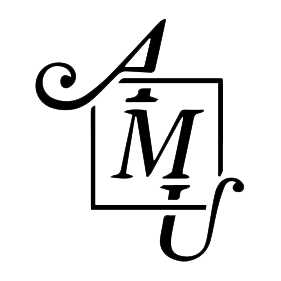BR CAness y cáncer de mama
Isabel Betancor Fernández
Medical Student, Faculty of Medicine. University of La Laguna, Spain.
Breast cancer constitutes the neoplasm of highest incidence, prevalence and mortality among women in western countries. Around 25-30% of these tumors are estrogen receptor (ER), progesterone receptor (PR ) and HER 2 negative. These tumors are called triple negative breast cancer (TNBC ). TNBC s frequently appear in young patients. Familial aggregation is common. They show a high histological grade and larger lymph node loco-regional affectation when diagnosed. In addition, they recur and progress
prematurely after the standard combined treatment. A part of these TNBC s -up to 50% according to some authors- show specific phenotypical and molecular features that allow them to be considered BRCA ness positive. BRCA ness encompasses a combination of changes, of varied nature. These changes point towards a deficit in homology-directed repair (HDR ).
These TNBC types are generated and ensure their survival through the accumulation of unrepaired damage that increases genome instability.
Recently it has been demonstrated that these tumors could be susceptible to specific treatments (alkylating agents, PARP inhibitors) with better
response and survival rates. This leads to a greater accumulation of unrepaired damage that directs tumor cells towards apoptosis. Several techniques have been proposed to study BRCA ness. Among them: conventional immunohistochemistry techniques with specific markers; pyrosequencing to determine the methylation degree of the BRCA 1 promoter; multiplex ligationdependant probe amplification (MLPA ), comparative genome hybridization, quantitative real-time PCR and, more recently, miRNA s and tumor circulating DNA study through digital droplet PCR (ddPCR ).
Keywords: breast cancer, TNBC , BRCA ness, HRD , iPARP , BRCA 1, BRCA 2.
Palabras clave: Cáncer de mama, TNBC , brcaness, HRD , iPARP , BRCA 1, BRCA 2.
